Continuing on from my research into biomimicry and the possibilities gained in learning from nature to create designs, I have begun some research into the medical applications already in place that utilise smart textiles and alternative materials. To start, I included some research about Smith and Nephew and Loop PH given both are key to the brief.
Looking more into what designs are already out there in terms of smart textiles specifically for wearable applications such as clothing, sportswear and bandages. Hexskin is a design concept that adapts to form around joints, bones and muscles to form a protective layer that dissolves into the skin, supplying medicine directly to the injury, wound or burn. The design is formed of a hexagonal structure, similar to those found in nature in beehives. Not only is this formation structurally sound, it also provides a nice aesthetic to the bandage, which gives a more modern look for a wound dressing or bandage. Currently, the Smith and Nephew product range is aesthetically quite blunt and primarily functional.
Moving on from this, the MIT design media labs are developing a smart material that contracts and expands similarly to skin to adapt to the changes in temperature. Like the concept of vasodilation and vasoconstriction, in which blood vessels either contract or expand to lose or retain heat, depending on weather conditions and climate. The material loosens and expands in warm weather, allowing for the wearer’s body to remain at a cool temperature. Whereas in colder weather, the same material constricts, making the pores of the fibre closer together, therefore retaining more heat and insulating the body. Furthermore , this could be developed by using specifically insulating or cool fibres that further emphasise the functionality of the smart textile.
I also included an image of metal knit with wool, to show where some of inspiration from fashion and textiles has also come from.

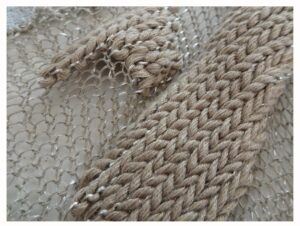
In addition, MIT are also developing a fabric intended for sportswear that peels back a layer or new pattern in response to the body temperature of the wearer. This is pictured below as the black fabric. Similar ideas are being used by architects and designers whereby biomimicry is playing a huge part in inspiring design and innovation. I also took a look at more extreme methods of protecting wounds for more direct action and emergency uses. In life threatening situations such as with gun shot or shell wounds, what products are currently on the market for military and paramedic purposes. I discovered Celox, a gauze which dissolves into an open, deep wound, such as a gun shot wound, and clots the blood directly when pressure is applied for 1 minute. I wondered how this quick response technology of the bandage could be applied in smart textiles, looking at a dissolvable feature which reacts to liquid by clotting or absorbing to prevent further bleeding from a wound



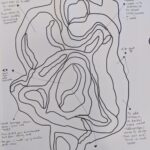
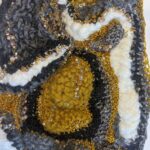
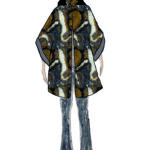
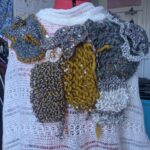
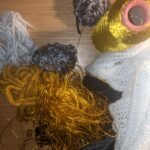

nadamson
27 October 2020 — 10:53 am
This again is researched really well and you have really understood the brief and topic. Its great to see you looking so in depth into the clients work and then more so into the already existing market and what has been done, I actually learned a lot here reading this myself. Make sure you do more research into your own actual theme as this is a main part of the brief and where you are going with this and how it all connects, well done interesting stuff.